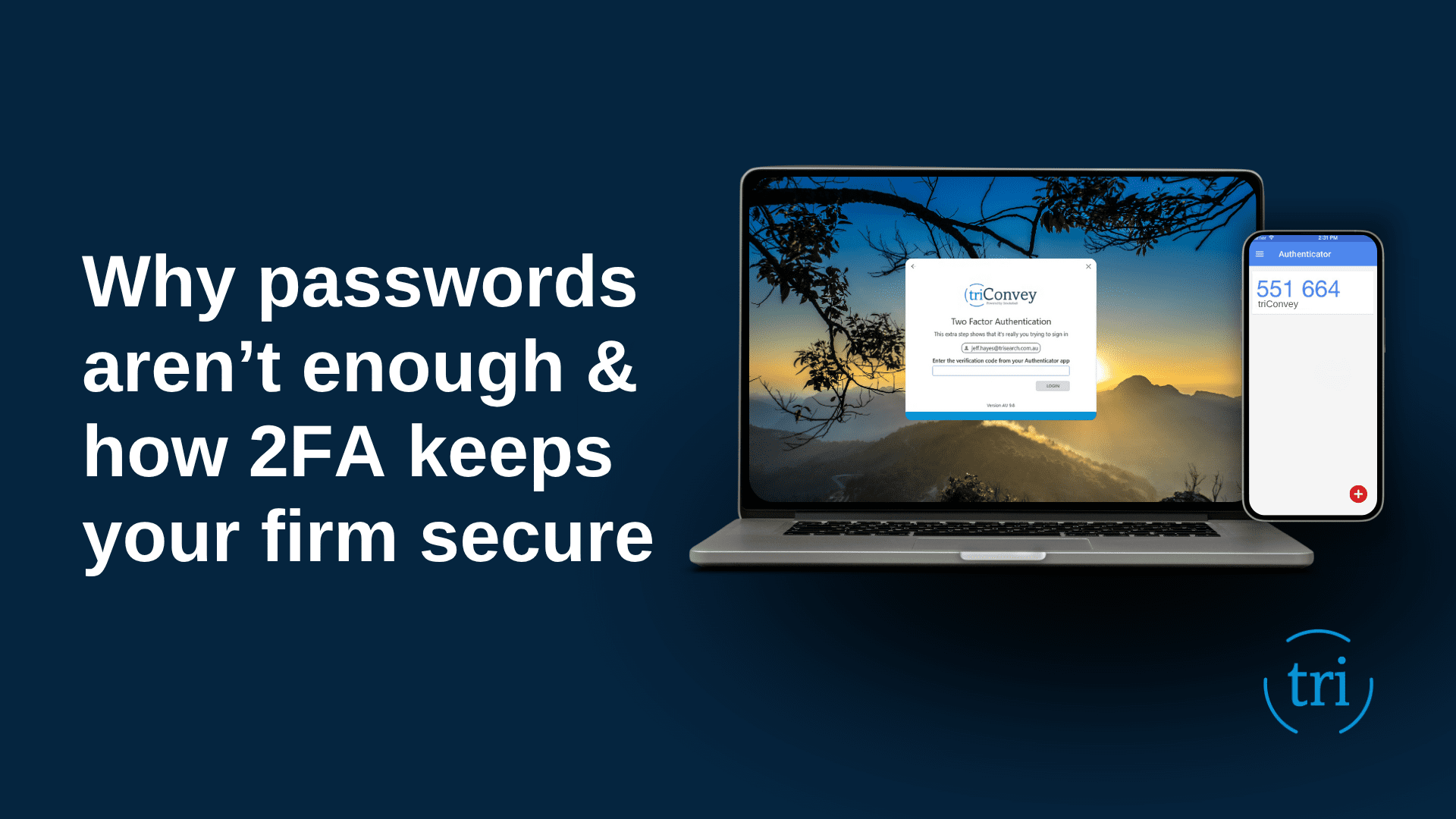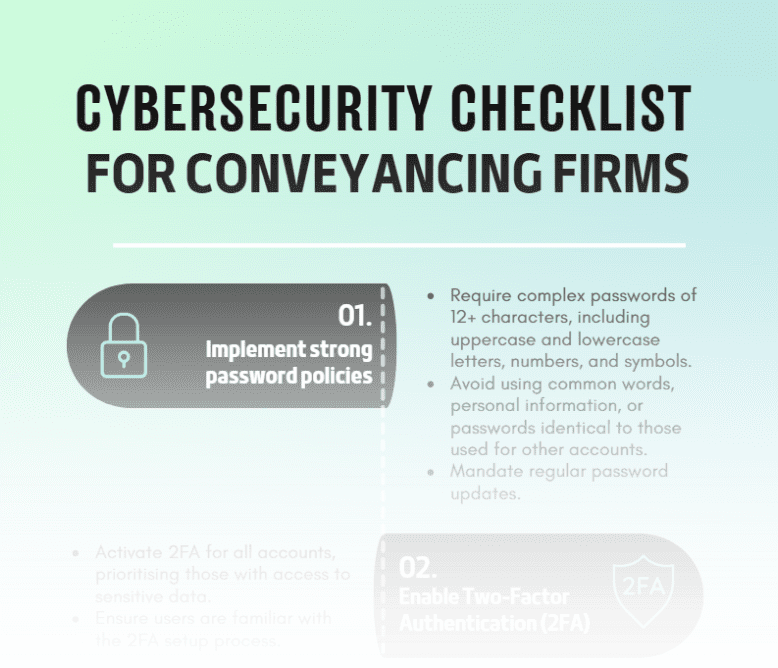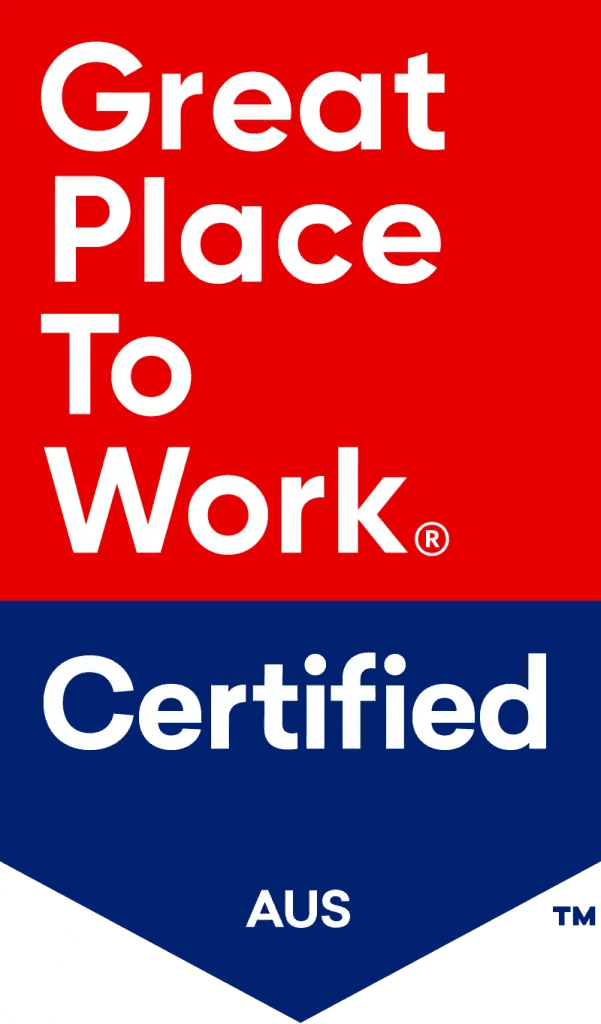Australia’s conveyancing sector has a profitability problem. Simply put, many conveyancers carry out highly skilled – and potentially high-risk – work for far less than other qualified professionals.
A survey conducted by AICNSW found that 66 per cent of conveyancing practices turned over less than $200,000 a year.
For sole practitioners, that number rose to 94 per cent. The same also found that the average income of a licensed conveyancer was between $84,000 and $99,000. That’s slightly below the average national full-time adult’s earnings, which sit at around $99,200.
“Many conveyancing practices around Australia are what I call ‘zombie businesses’,” says small business author and entrepreneur Andrew Griffiths.
“They run on very low profit margins and even the slightest financial hiccup is enough to threaten them with shutdown.
“At a recent conference, I asked a room of around 130 conveyancers who believed they were charging what they thought they were really worth. Just two or three put their hand up. Unfortunately, that’s pretty normal.”
The courage to turn work away
Why, then, do so many conveyancers feel that they need to take on all businesses, even if that means reducing their prices and undermining their own profitability?
Griffiths puts some of it down to a lack of self-belief, including a feeling that if we don’t take the work, we may not find any to fill its place. However, he says, if they continue to take on “bad” work and “bad” clients, the reality is that there is no space left to take on “good” and better-paid work when it comes along.
This concept is also taught by leading professional services business development expert Sue Ella Prodonovich, who compares a business’s capacity for work with the water level in a bath.
“You don’t want to have the bathtub at 100 per cent capacity, especially if some of that capacity is taken up with poor quality clients,” Prodonvich says. “Instead, you need to be selective about the work you take on.
“Not every client is your client,” she adds. “Not all work is your work.”
“Trying to please everyone and win every matter that comes your way is not a recipe for business success or for personal happiness. It takes courage to turn down work, but it’s a necessary part of running a professional services business.”
How to begin talking about quality
Griffiths says that one key reason many conveyancers are at the mercy of low-cost providers is that many consumers fail to see the benefit of using quality – a bizarre state of affairs given the conveyancing transaction involves what, for many of us, is our most important asset.
“Conveyancing has been commoditised. If people see it only as a transaction, it’s easy to compare it and buy on price,” he says.
Griffiths argues that it is the conveyancers’ role to change perceptions and to develop a compelling narrative about why many more factors matter so that consumers no longer feel they’re comparing “like with like”.
“You need to elevate the conversation you have with clients and have a story about why your fees represent great value even if they’re not as low as others in the marketplace,” he says.
“But you can’t just put lipstick on a wombat. You’ve got to come up with a narrative that reflects the reality of the service you offer and why you offer it.
“In short, you have to be the best and then develop a story to support it. “Eventually, you can then begin to have a conservation not about price but about quality.”
The building blocks of success
To own a particular area, though, Prodonovich says you need to have a few ingredients in place to start charging more.
If you’re targeting an industry, you should obviously have experience dealing with it and connections within that sector.
You should also ensure you speak directly to your audience and in their language.
“This could be by blogging, appearing at conferences, attending industry events, hosting information sessions, taking out advertising in trade publications or anything that shows you understand them,” she explains.
You also need to project an image with which your clientele is comfortable.
“If you’re targeting affluent inner-city clients, make sure your offices, your website and social media, and the way you dress all reflect that. If you’re in the outer suburbs, you probably want to project a different image.”
“You want clients to be comfortable with you and see what you represent and the kind of values you have.” Finally, and perhaps most importantly, Prodonovich argues that you need to build a referral network so that people begin sending specialist work your way.
“For anyone in professional services, one of the best sources of quality work should be others within your profession,” Prodonovich says.
“If they know what you do and that you do it well, they will send work your way when it’s within your field of expertise. But to make it work properly, you also need to reciprocate and start sending work to them when it’s within their field of expertise, too.
“For many, this will require a mindset shift, where you see other conveyancers not as competitors, but as colleagues.”
Putting prices up
Andrew Griffiths says that once you have a solid narrative that explains why people should come to you – that doesn’t include price – you’ll be able to command the highest fees.
“The downside of this is that you’ll lose a few existing clients. But guess what? They’re the ones you wanted to get rid of anyway. They’re usually the pains,” he says.
Griffiths says that all practice owners can work out how many clients they’re likely to lose if they put prices up – for instance, if you were to lift prices by 10 per cent, would you really lose 10 per cent of clients?
If not, it’s a no-brainer to raise prices. However, he says many practices can afford to raise prices by far more than just that.
“I was working with some conveyancing practices, and the first thing I got them to do was to put their prices up by as much as 30 per cent in some instances.”
“I also got them to charge for the extras like contract reviews they were giving away for free.” “There was no pushback. Some practices almost immediately increased their revenue by 100 per cent, he says.
“The immediate reaction of most business owners was just, ‘Why didn’t we do this sooner’?”

21 Ways to Reduce Your Firm’s Overheads
Whether you run a big or a small firm, expenses are something a business owner is always looking to cut. Before you consider downsizing the business, lawyers and conveyancers should first consider reducing overheads outside of staff.
Download this complimentary eBook by triSearch to learn 21 ways to reduce overheads.






